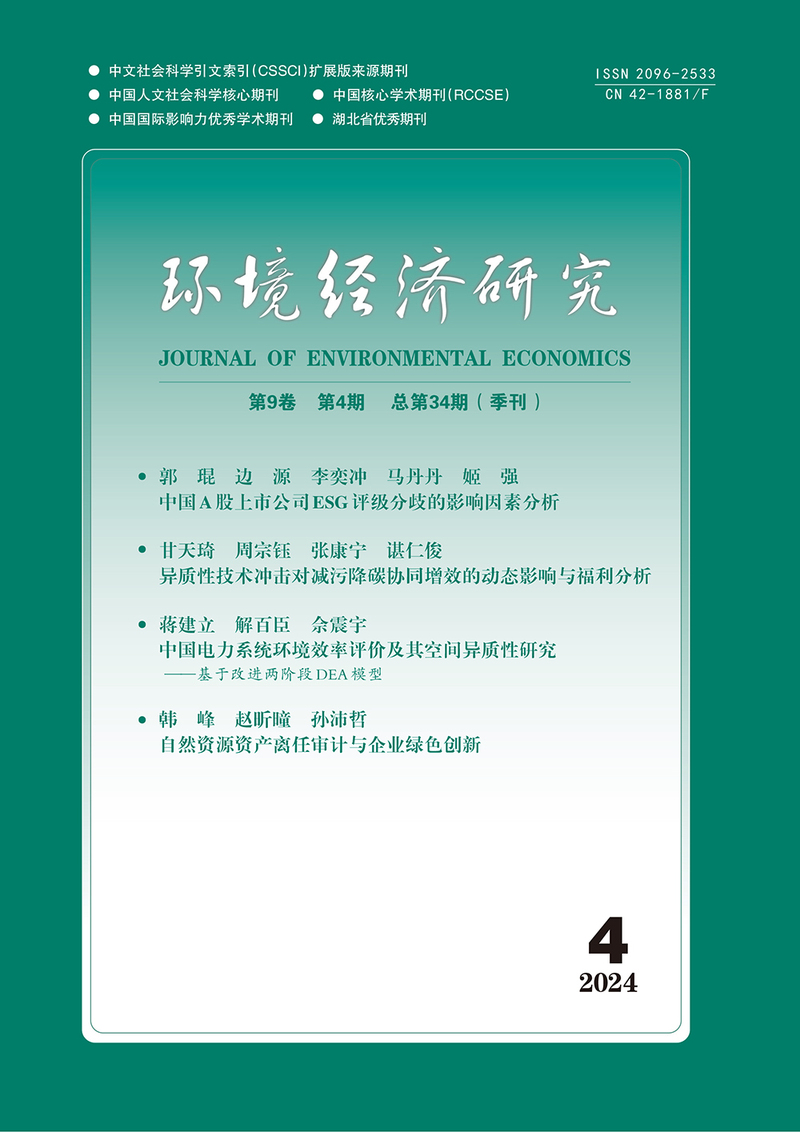The Effect of Urbanization on Haze Pollution in Yangtze River Delta Region Based on Spatial Perspective
Li Xin, Cao Jianhua and Sun Xing
摘要:雾霾污染已经成为当前最受关注的环境问题之一,而空间溢出效应和城市化进程是影响本地区雾霾污染的重要因素,因此有必要在空间视角下考察城市化对区域雾霾污染的影响。本文采用空间杜宾模型,以长三角区域的地级市为例,分析了城市化进程对雾霾污染的影响。研究表明,长三角区域雾霾污染存在显著的正向空间溢出效应,周边地区雾霾污染加重将加剧本地区雾霾污染;城市化推进是长三角地区雾霾污染加剧的重要原因,在空间邻接权重矩阵下,城市化水平增加了1 个百分点,PM2.5浓度将增加2.216 微克/立方米;周边地区城市化进程对本地区雾霾具有显著的正向影响,而且,城市化对雾霾影响的间接效应远大于直接效应。据此,本文提出加强区域联防联控和城市间的协同发展等政策建议。
关键词 : 城市化, 雾霾污染, PM2.5, 空间杜宾模型, 空间溢出效应
Abstract:Haze pollution has been widely concerned currently. Both the spatial spillover effect and urbanization process are important factors. Then it is essential to analyze the effect of urbanization on haze pollution based on spatial economics. In this paper, we use Spatial Durbin Model to analyze the influence of urbanization on haze pollution in Yangtze River Delta region. The result shows, there is significant spatial spillover effect of haze pollution, which means the haze pollution in local area will exacerbate with the increase of concentration of PM2.5 in surrounding areas. Urbanization promotion is an important reason inducing increasing haze pollution. The concentration of PM2.5 will increase 2.216 micrograms per cubic meter if the urbanization level increases by 1 percentage points. The urbanization process in surrounding areas has positive effect on local haze pollution, and the effect is far greater than direct effect. Accordingly, some suggestions are put forward such as joint prevention and control work and coordinated development between regions or cities. Keywords: Urbanization; Haze Pollution; PM2.5; Spatial Durbin Model; Spatial Spillover Effect
全文:![]() 空间视角下城市化对雾霾污染的影响分析——以长三角区域为例.pdf
空间视角下城市化对雾霾污染的影响分析——以长三角区域为例.pdf
DOI:10.19511/j.cnki.jee.2017.02.006
